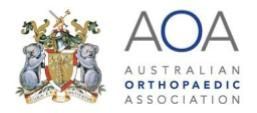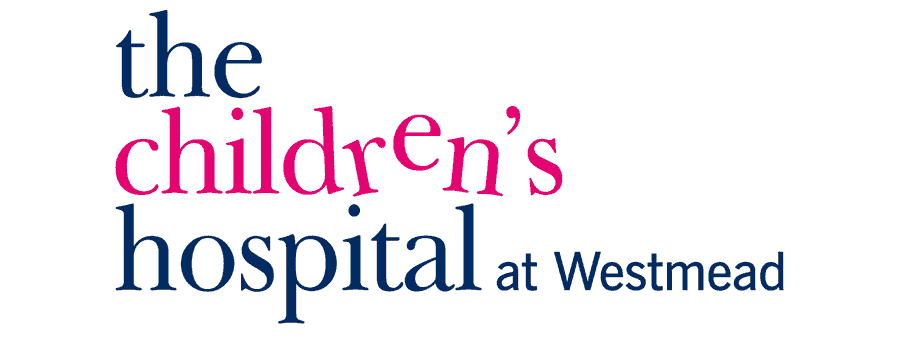Ankle Arthroscopy
What is Arthroscopy?
Ankle Arthroscopy is a minimally invasive surgical procedure in which an arthroscope is inserted into a ankle joint or foot to to evaluate and treat a variety of conditions.
An arthroscope is a device that your doctor uses to see inside your body. It includes a tiny camera at its tip, this allows direct visualization of parts of the foot or ankle and also allows surgical procedures to be performed by minimally invasive ‘keyhole’ surgery.
Where required, additional surgical instruments can be inserted through the arthroscope or through additional small incisions in your knee. This can allow a range of other surgical actions.
Why Have an Arthroscopy of the Ankle?
The camera offers an image of the inside of your foot or ankle and can help the doctor evaluate and treat a range of disorders including:
- Ankle Arthritis
- Unstable Ankle
- Stiff Ankle
- Osteochondral Defects of the Talus
- Undiagnosed Ankle Pain
What are the Benefits of an Ankle Arthroscopy?
The term ‘arthroscope’ comes from two Greek words, arthro-, meaning joint, and -skopein, meaning to examine.
The benefits of arthroscopy include:
- Smaller incisions with little scarring
- Faster healing & postoperative recovery
- Less pain and lower complication rates
- Easier progression toward regaining full movement
About Ankle Arthroscopy
Some arthroscopic surgical procedures can be performed on an outpatient basis. This means patients can return home the same day of the procedure.
During the procedure
- Saline flows through the joint during the procedure and provides the surgeon with excellent visualization.
- The surgeon can also be aided by fluoroscopy, a portable x-ray apparatus that is used during the surgery to ensure that the instruments and arthroscope are inserted properly.
- The arthroscope (a long thin camera) allows the surgeon to view the inside of the joint or body part, and combines with a variety of devices that allow the surgeon to cut away, move, correct or remove are element that is causing problems or pain. eg: The shaver is also used to shave away the bump(s) of bone or cartilage.
- In addition to removing tissue and loose bodies within the joint, occasionally holes may be drilled into patches of bare bone cartilage has been lost or pins are required for stability.
- Other techniques or outcome are specific to the corrective requirements of the procedure
Preparation for Ankle Arthroscopy
Once you and your surgeon have decided that surgery is required, preparation is necessary to achieve the best results and a quick and problem free recovery.
- Infections - Treat any tooth, gum, bladder or bowel problems before surgery to reduce the risk of infection
- Smoking - Stop or cut down smoking to reduce your surgery risks and improve your recovery
- Weight - Consider losing weight (if overweight) before surgery
- Medications - refer Medication Information below
- Fast beforehand - Depending on the type of anaesthesia you'll be receiving, your doctor may advise you to refrain from eating and drinking six to twelve hours before the procedure.
- Arrange for a ride - You will not be allowed to drive yourself home after the procedure, so make arrangements for someone to pick you up. If you live alone, arrange for someone to check on you that evening or, ideally, to stay with you for the rest of the day.
Returning Home After Ankle Arthroscopy
When you go home you need to take special precautions around the house to make sure it is safe. Your post operative plans should include:
- Mobility or Stability - You may have to accommodate crutches, wheelchair or knee scooter and may need ramps for stairs
- Sleeping - modify your sleeping arrangements (especially if you are sleeping upstairs) for easy access
- Access - ensure you have easy access to food, water, medications and any other essentials
- Showering - You may require rails in your bathroom or a shower chair, and will and a specialised shower bag to keep your foot dry
Assess your home situation to ensure you have adequate home support in the first few weeks following surgery. If you live alone it may be necessary to arrange a package of community care to help during the first few weeks at home.
Ankle Arthroscopy Surgery Process
Ankle Arthroscopy Rehabilitation Program
Risks & Complications Associated with Ankle Arthroscopy
Surgical Follow Ups
How Can I Minimise Post Operative Complications?
- Elevation - Keeping your foot/ankle elevated above your heart when sitting and sleeping will help with pain, swelling and help wound healing
- Blood clots (DVT or PE) - Through early mobilisation, stockings, and medications
- Pain - Keep on top of pain with regular use of pain medications as directed by your surgeon
- Dressings - Keep dressings dry and intact
- Shoewear - Keep your prescribed shoe (heel wedge, moonboot) on as instructed
- Let us know early if you have any questions or worries
What Are the Consequences of Surgery?
Sometimes the potential risks and consequences of your surgical procedure need to be weighed against the benefits of a successful surgical outcome.
These benefits can include:
- Freedom from pain
- Increased movement
- Greater flexibility
- Maintained independence
- Improved outlook
- Longer more enjoyable life







